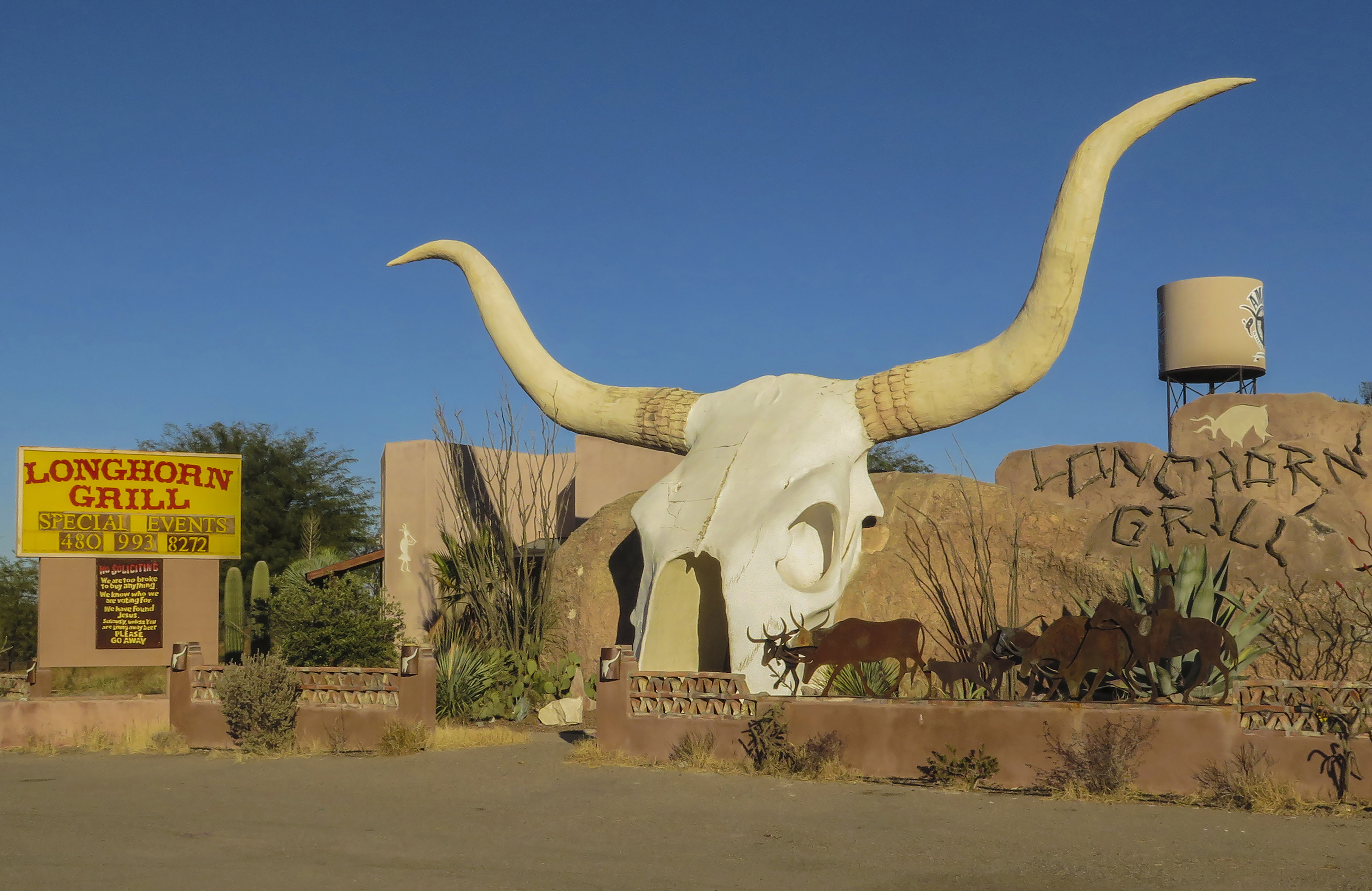Exploring the History of Amado, Arizona

Located in the picturesque Santa Cruz Valley of southern Arizona, Amado is a small community with a rich history that reflects the diverse cultural influences and economic forces that have shaped the region over the centuries. From its origins as a ranching outpost to its modern-day role as a gateway to outdoor recreation, Amado's story is one of resilience, adaptation, and community spirit.
Early Settlement and Ranching Era:
Amado's history can be traced back to the late 19th century when Spanish explorers and Mexican settlers first established ranches and farms in the fertile valley along the Santa Cruz River. The area was prized for its abundant water supply, fertile soil, and mild climate, making it ideal for agriculture and livestock grazing.
The town of Amado was formally established in the early 1900s, named after the Spanish word for "beloved" in homage to the affection its residents had for their picturesque surroundings. Ranching became the primary economic activity in Amado, with cattle ranches and horse farms dotting the landscape and driving the local economy.
Railroad Expansion and Agriculture:
The arrival of the railroad in the early 20th century brought new opportunities for growth and prosperity to Amado. The railroad provided a means of transportation for agricultural products, livestock, and goods to markets across the region, facilitating trade and commerce in the area.
With the expansion of irrigation systems and the introduction of new farming techniques, agriculture flourished in Amado. Crops such as cotton, wheat, citrus fruits, and vegetables were cultivated in the fertile valley, further diversifying the local economy and providing employment for residents.
Cultural Heritage and Community Life:
Amado's cultural landscape is enriched by its diverse population, which includes descendants of Spanish settlers, Mexican immigrants, Native Americans, and Anglo pioneers. Traditional celebrations, festivals, and events showcase the town's multicultural heritage and serve as reminders of its rich tapestry of traditions.
Community life in Amado revolves around shared values of hard work, mutual support, and respect for the land. Residents come together for social gatherings, church events, and volunteer activities that foster a sense of belonging and camaraderie among neighbors.
Modern Era and Tourism:
In recent years, Amado has seen a shift towards tourism and outdoor recreation as more people discover the natural beauty and recreational opportunities of the Santa Cruz Valley. The town serves as a gateway to nearby attractions such as the Coronado National Forest, Tubac Presidio State Historic Park, and the Santa Rita Mountains.
Visitors to Amado can enjoy hiking, birdwatching, horseback riding, and other outdoor activities in the surrounding wilderness areas. The town's historic buildings, art galleries, and local eateries also attract tourists looking to experience the charm and hospitality of rural Arizona.
Conclusion:
Amado, Arizona, is more than just a town—it's a reflection of the enduring spirit of the American West and the diverse cultural heritage of the region. From its ranching roots to its modern-day role as a destination for outdoor enthusiasts, Amado's history is a testament to the resilience, adaptability, and community spirit of its residents. As the town continues to evolve and embrace new opportunities, it does so with pride in its past and optimism for the future.
- Hits: 32